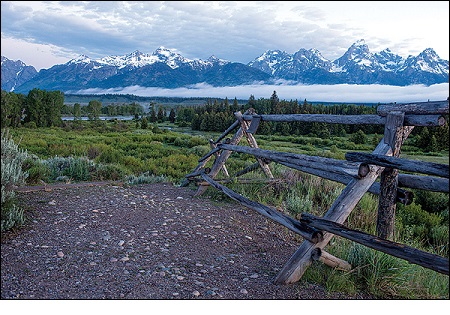
|
|

|
|
| April 19, 2024 |
|
Are the national parks being loved to death? 
YELLOWSTONE NATIONAL PARK, WYO. — Over the course of its venerable history, Yellowstone – America’s “wild wonderland” – has become the most iconic nature preserve on Earth, a place of pilgrimage for generations of travelers. Yet never before has the world’s first national park felt the squeeze of so much human adoration as this year.
In an age of iEverything, when people incessantly tap electronic devices and dwell in various forms of virtual reality, national parks offer a singular and natural counterpoint. Last year, Yellowstone hit more than 4 million visits for the first time in history. It is poised to significantly surpass those numbers in 2016, the centennial year of the National Park Service. Critics say the Park Service – beleaguered by deteriorating roads and buildings, threats to natural resources, overwhelming public use, and the potential effects of climate change – is ill-equipped to steward its 411 parks, cultural sites, and historical monuments forward another 100 years. They believe the sacred national park experience that so many people journey to see has already vanished at some of the most popular destinations and will only get worse without a serious infusion of money and a rededication to preservation. Many people will be witnessing for themselves what the parks say about America this summer. Visitation in 2016 is expected to approach 315 million people, the equivalent of the entire population of the United States. More than 307 million people traveled to the parks in 2015 – up 25 million from just three years ago. Many conservationists blame the aggressive marketing as one reason for the current crush of visitation. Others see a different kind of problem in the legions of people touring the parks today – a dearth of American minorities. The volume of Asian visitors to Yellowstone and Grand Teton National Park is now believed to be greater than the total number of nonwhite Americans who visit them. The parks are also reenergizing regional economies. Visitors to the various units of the park system generate about $32 billion in economic activity each year and are responsible for at least 295,000 jobs, according to the Park Service. Yet the crush of visitors remains one of the most pressing issues facing the nation’s premier wilderness areas. Everyone wants people to experience the majesty of the parks, but the question becomes: When does the adoration become too much? (Source: Christian Science Monitor) Story Date: July 26, 2016
|